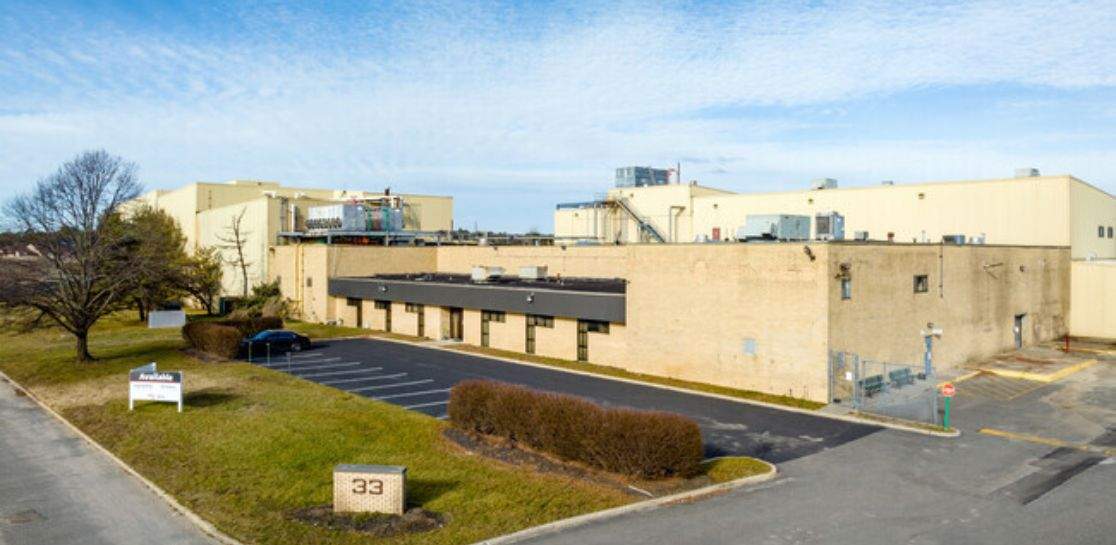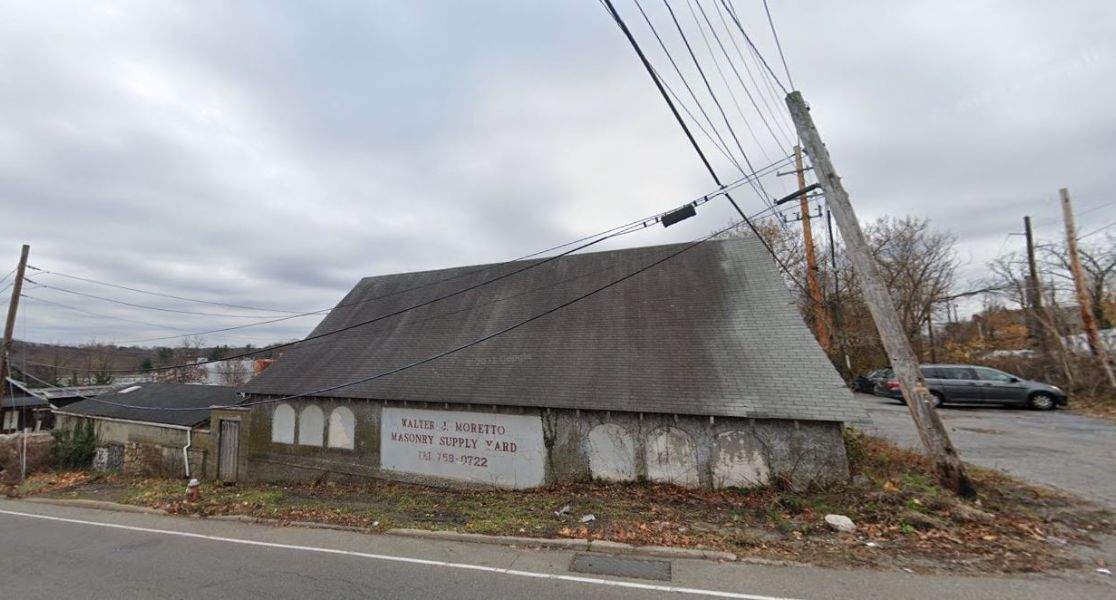 As we closely approach the 2017 presidential election, you may be considering the impact this election has on commercial real estate.
As we closely approach the 2017 presidential election, you may be considering the impact this election has on commercial real estate.
While we will not discuss the presidential candidates and their political views, we will look at the overall impending election as well as the key variables that are proven to affect the commercial real estate market.
The commercial real estate market is susceptible to hundreds of different components, all of which are in constant flux, affected by countless contributors. How much or how little any new politician affects these variables is certainly arguable. However, we do know that while elections usually focus on social issues, job growth, and global politics, we would be remiss not to mention that government policies can also have an impact on real estate.
Although the specific party affiliation of the president does not have a statistically significant impact on U.S. equity markets, still, elections are times of uncertainty, which can lead to volatility in broader stock markets. While this presidential election may ultimately not have a significant effect on the real estate industry, the economy and stock market are key concerns that affect property market fundamentals and real estate investment trusts. But it is likely that market volatility may subside after the election when some major uncertainty is removed.
Commercial real estate markets are affected by specific key variables and trends that will play a significant role in 2017. Global economic and political uncertainties (think Brexit) make U.S. assets more attractive and valuable driving capital to the United States. It’s no secret the U.S. commercial real estate market is viewed as a safe haven for foreign investors wanting to park their money.
Stronger global growth is likely to provide more real estate inflows into the U.S. markets as the U.S. remains one of the most attractive real estate markets due to its transparency and stability in the world with higher yields and better appreciation. Another key variable is the low interest rate and cap rate environment. They are causing activity and movement in the commercial investment sector. While it seems fairly certain that the Fed will seek another rate hike before the year is out, it should be minor and it [Fed] is more likely to weigh the effects of each move it makes before adding any additional friction to current economic growth trends.
Regardless of presidential outcome, the U.S. property market landscape in 2017 will be characterized by continued strong fundamentals, increased investor flows and high transaction volume. As for the economic landscape, the U.S. continues to grow moderately and to add jobs across all sectors. The U.S. employment gains continue to be strong, with unemployment dropping below 5.0% earlier this year, and adding to its demand for property in a variety of forms including office space, retail and industrial/distribution facilities.





